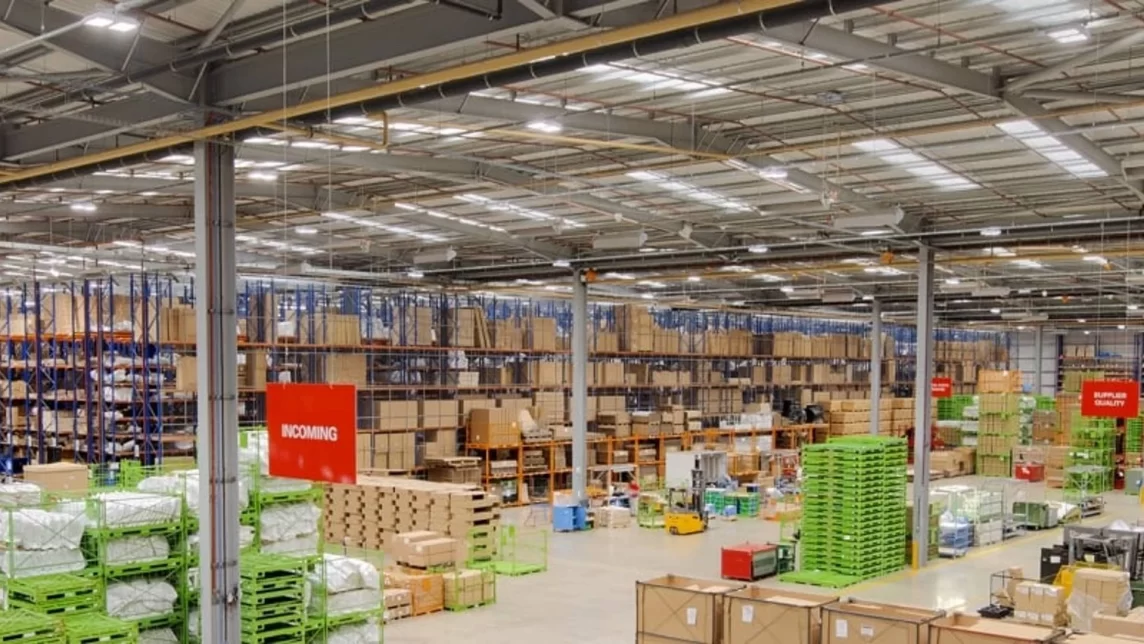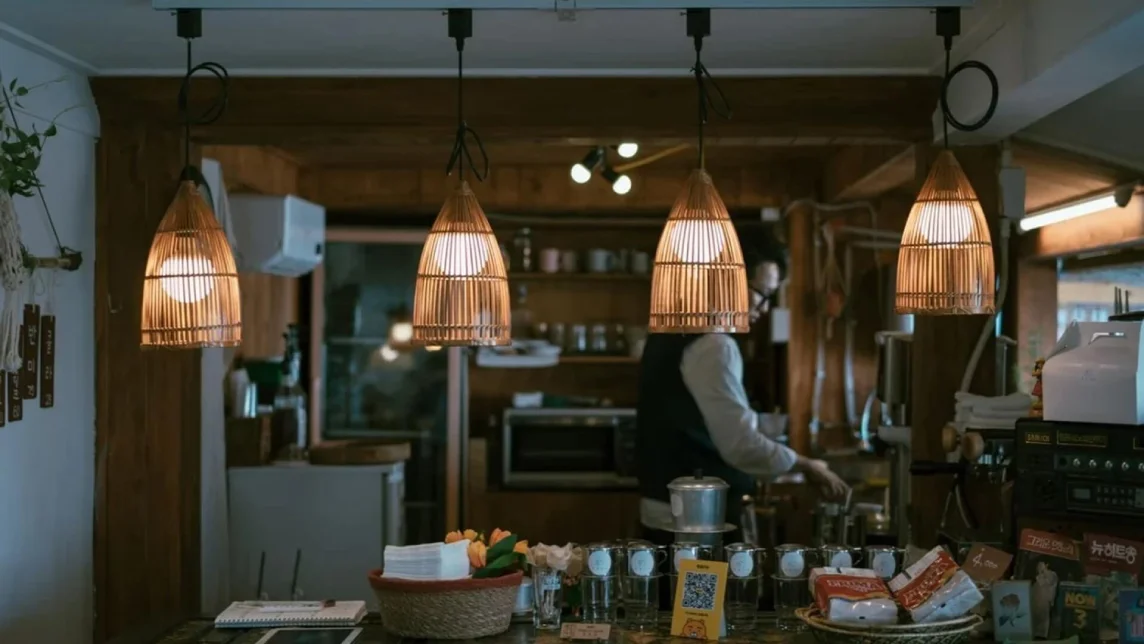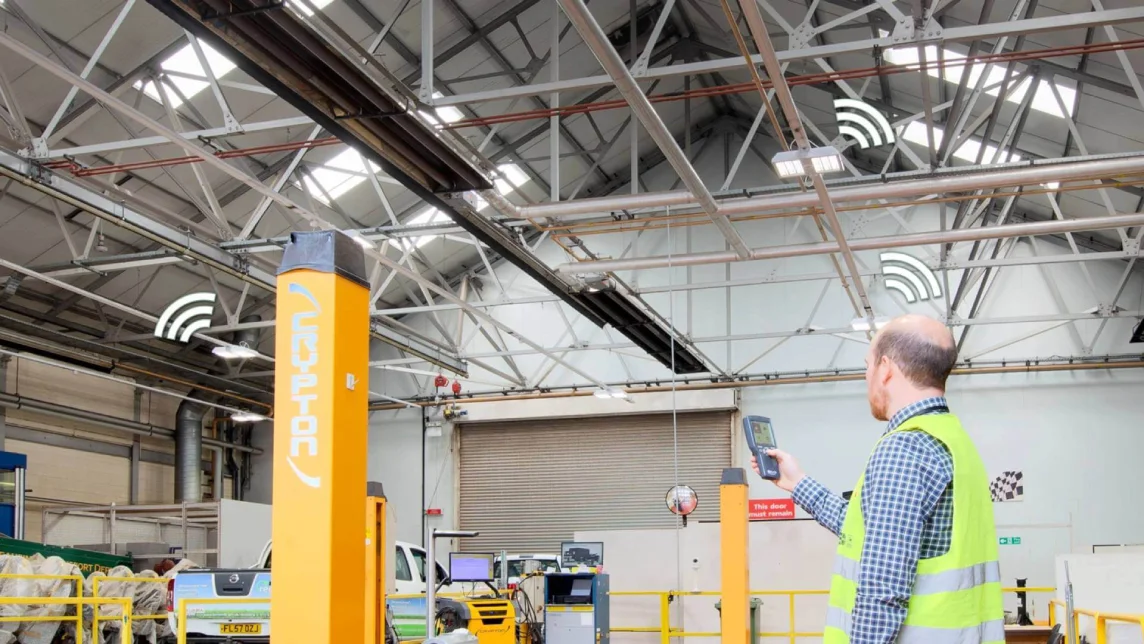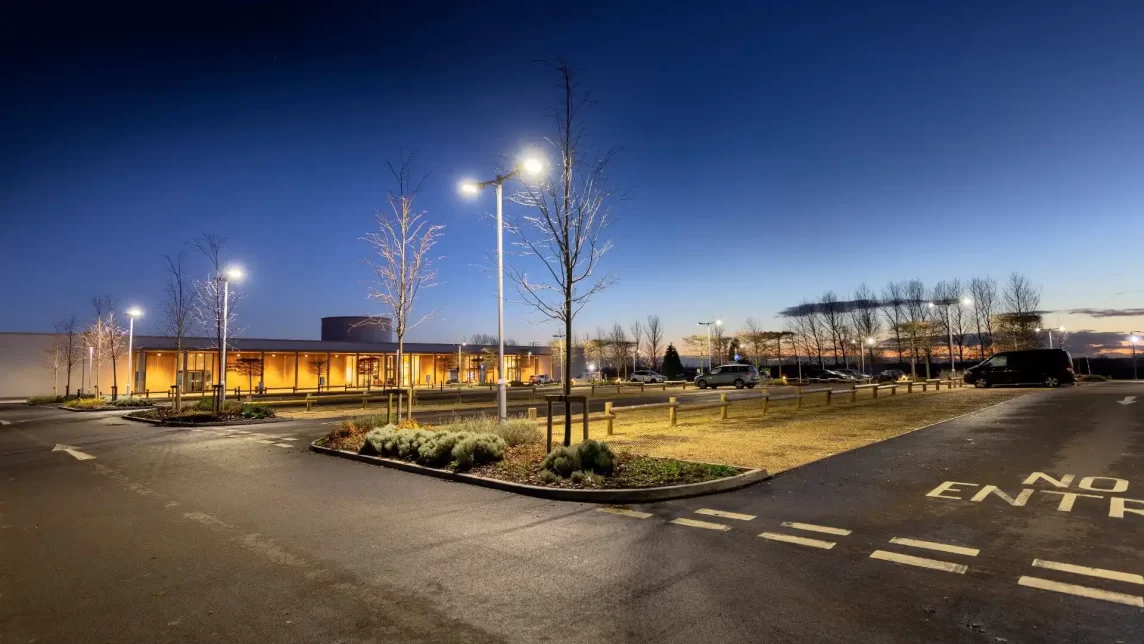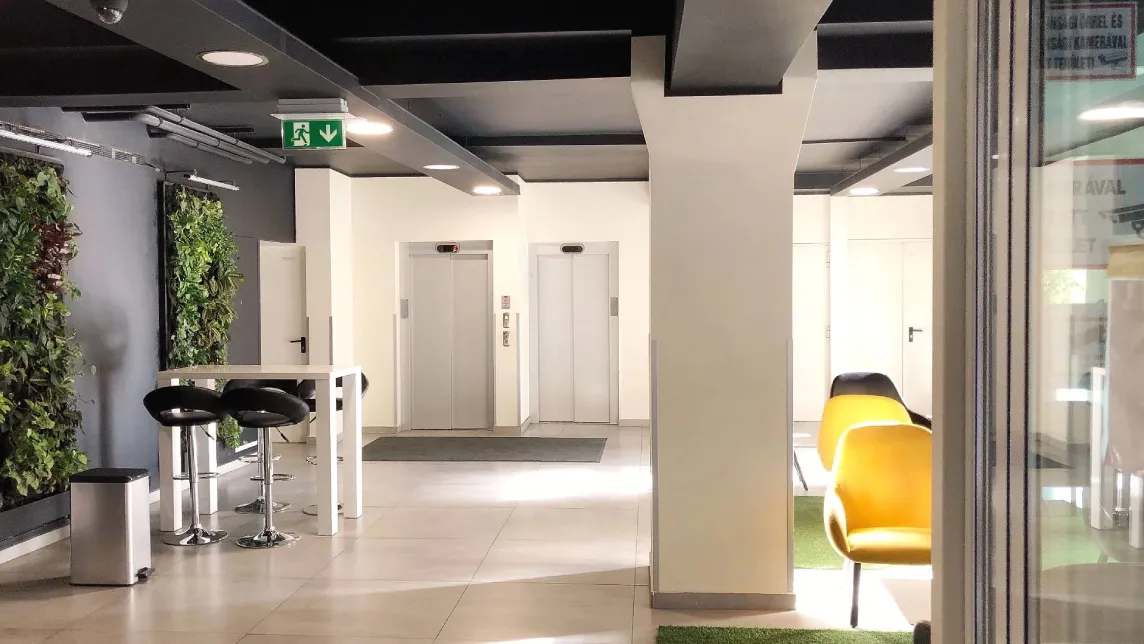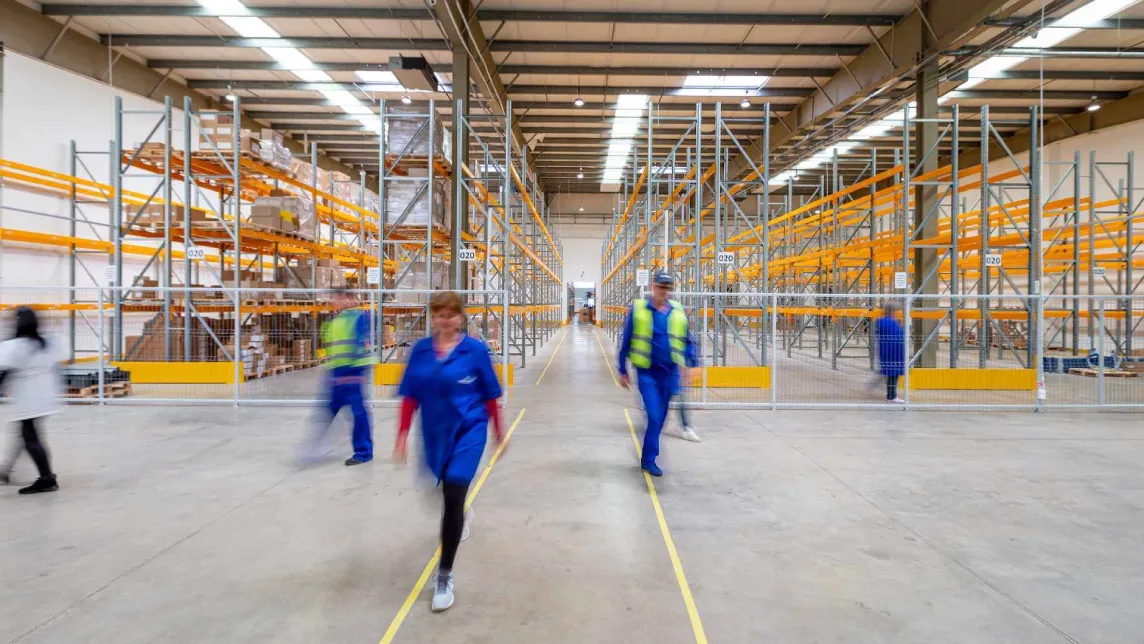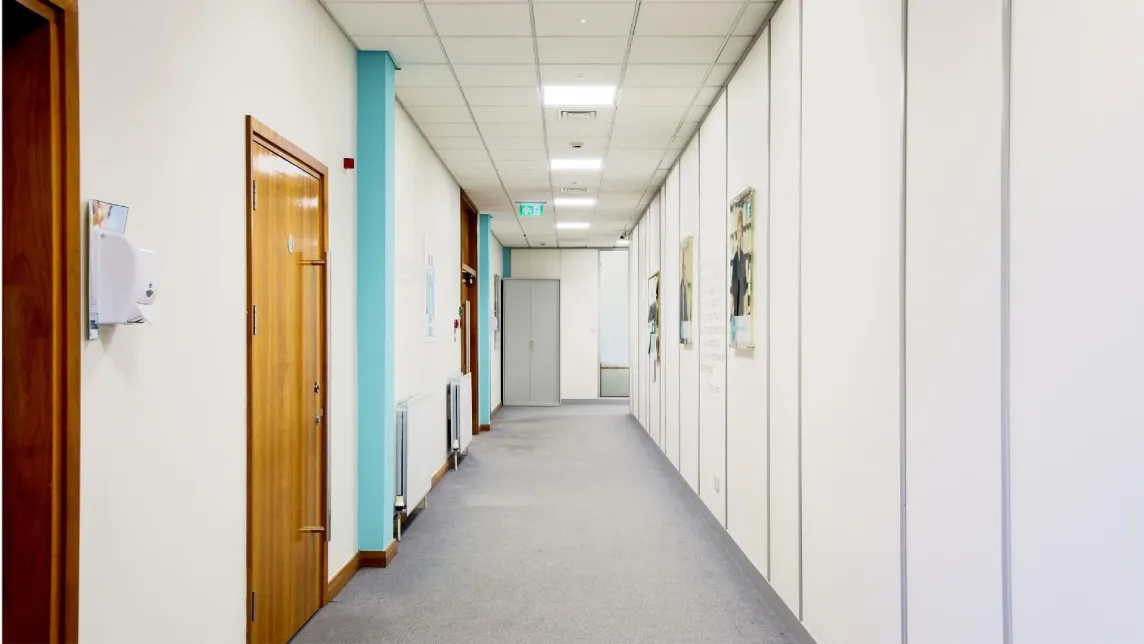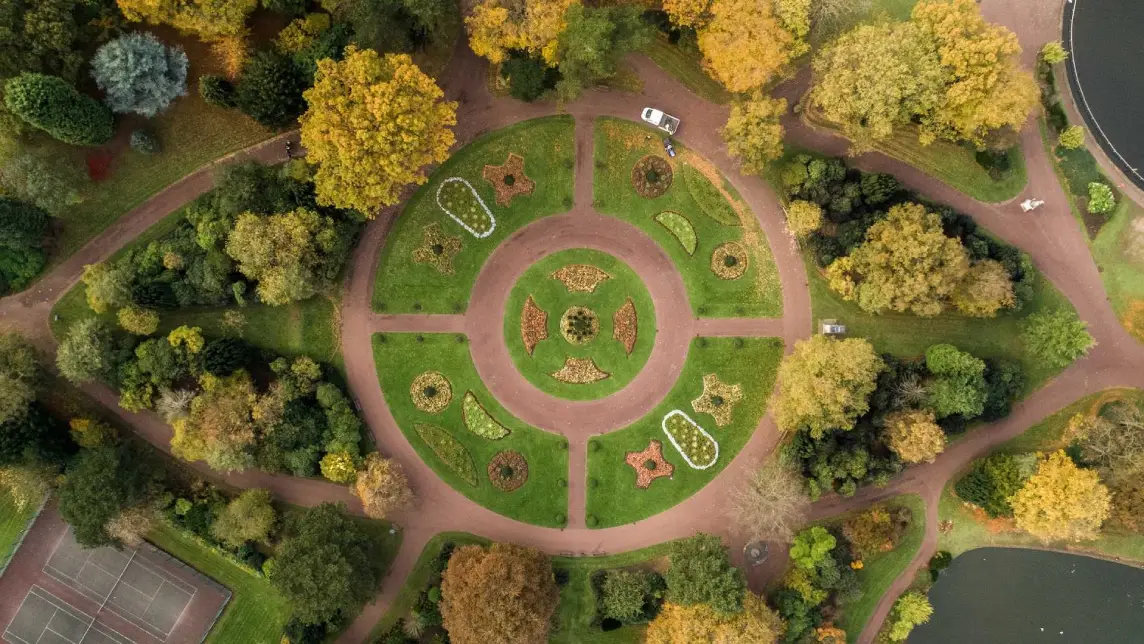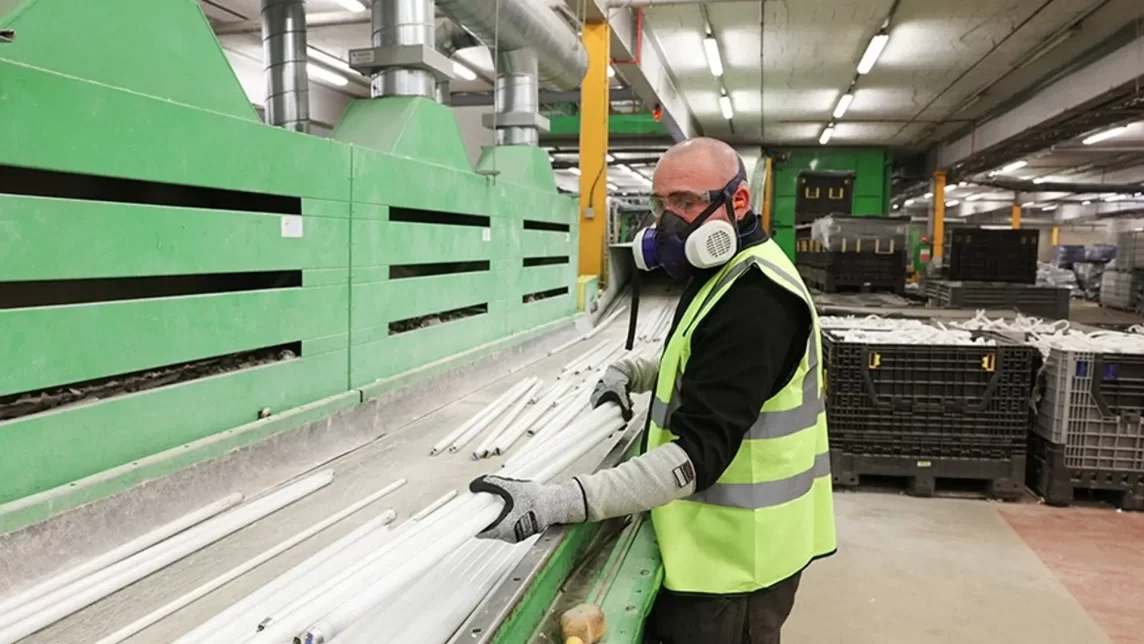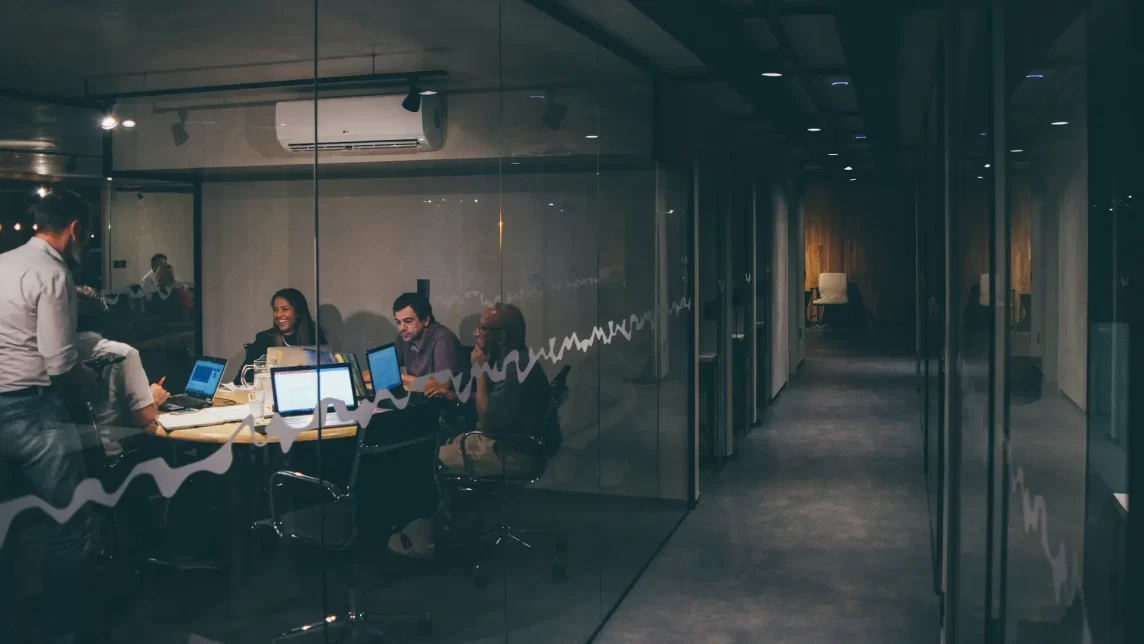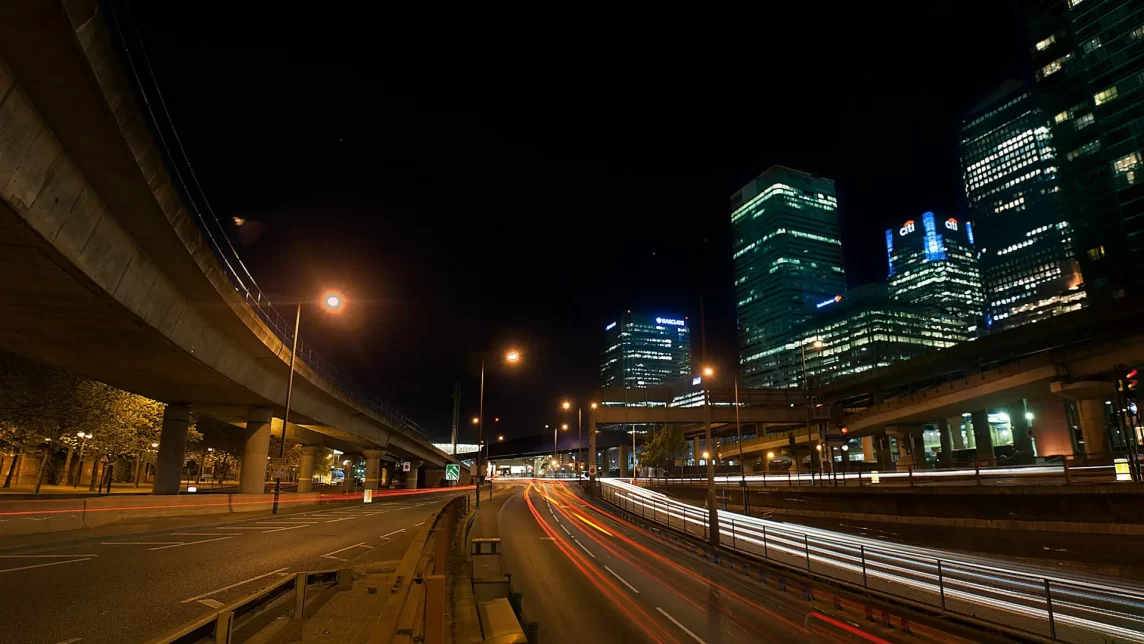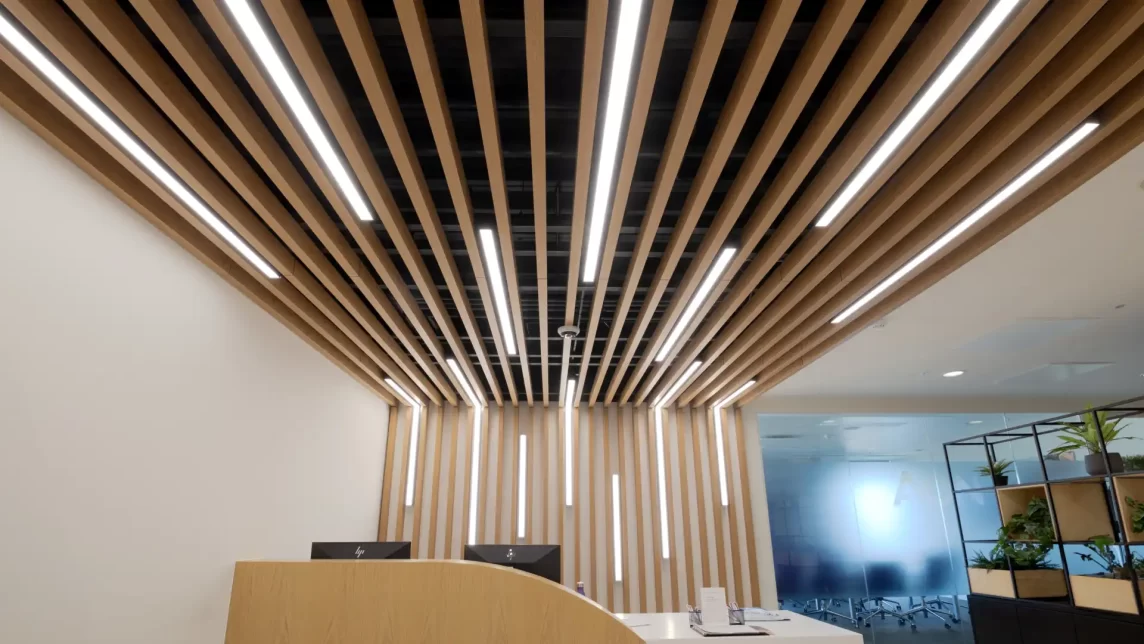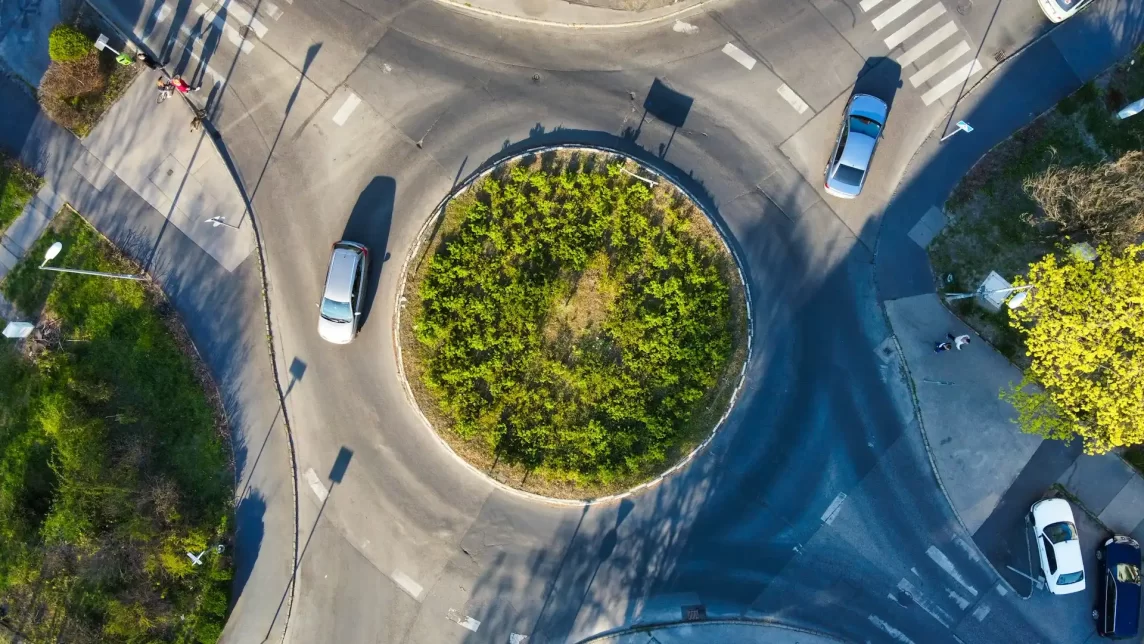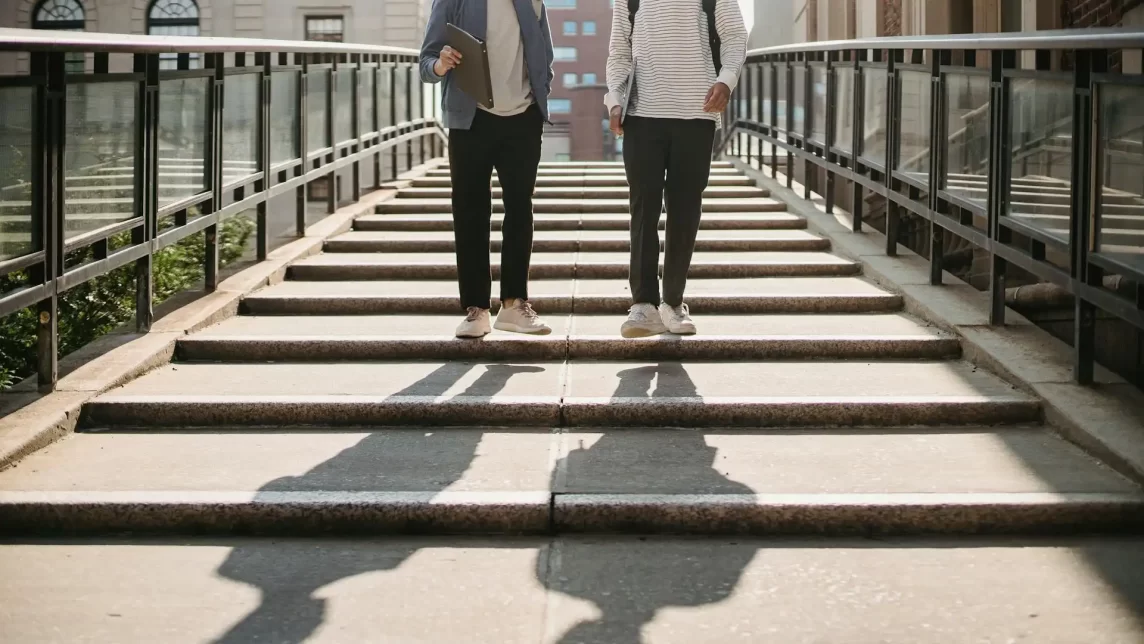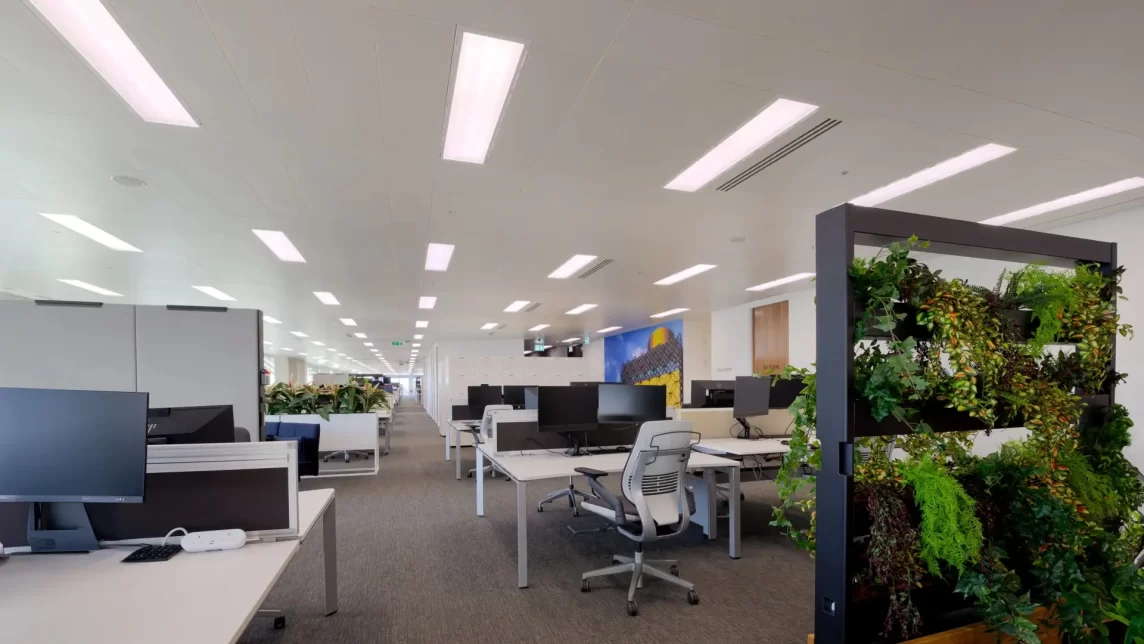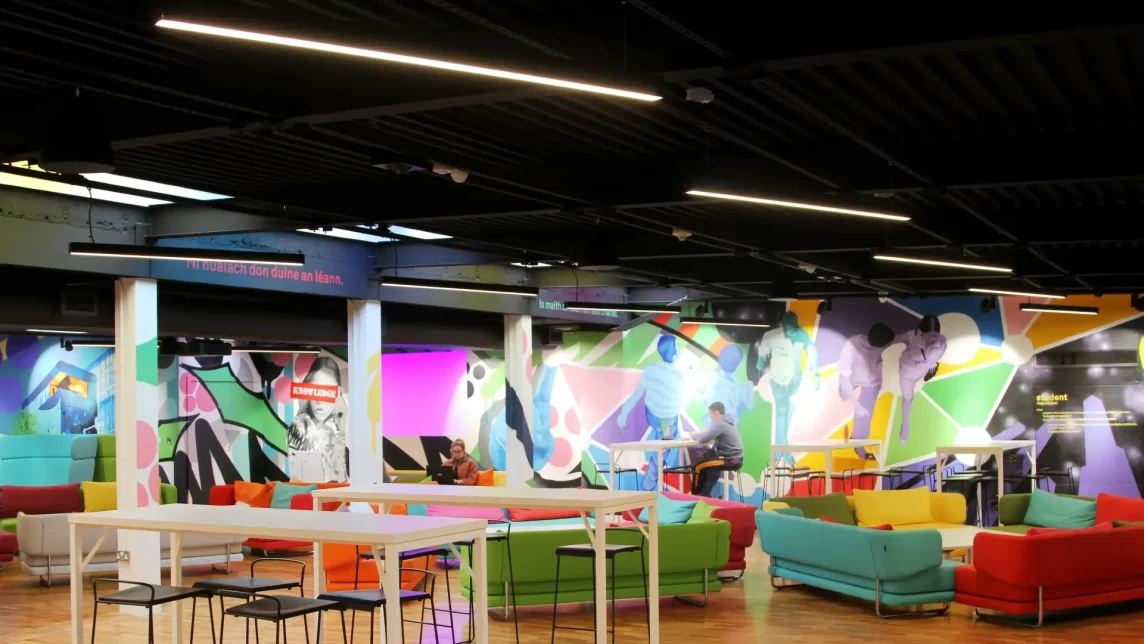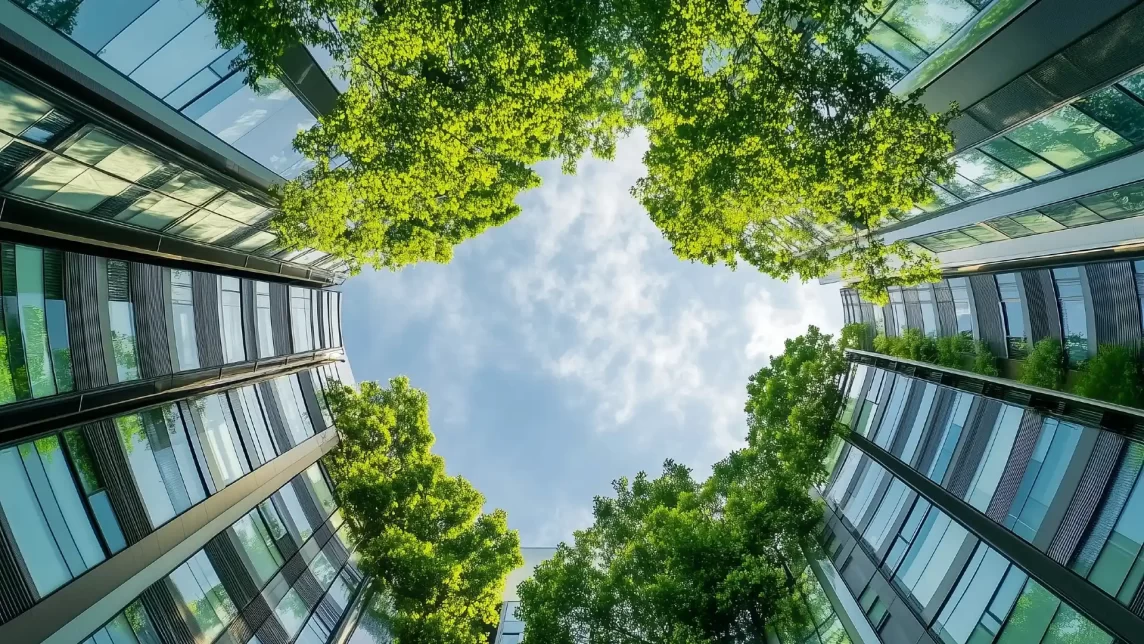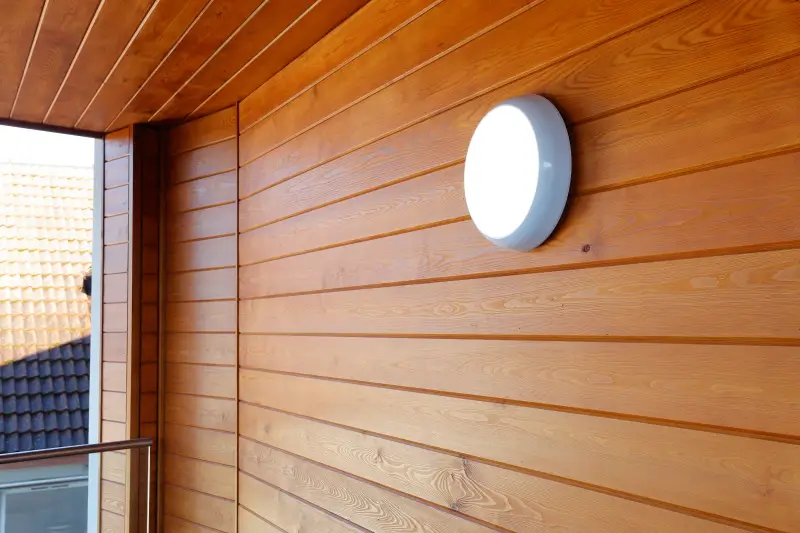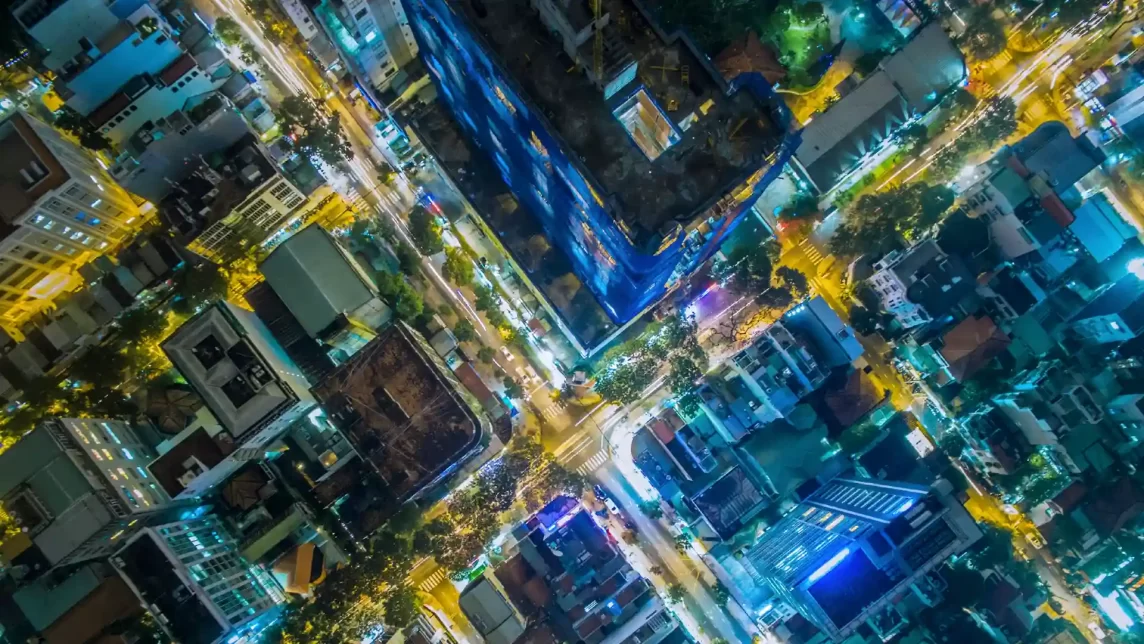
LED streetlighting has become a mainstay in urban planning. In the UK, there are approximately 3.9 million LED lanterns, representing almost 55% of all street lights, according to the Chartered Institution of Highways & Transportation (CIHT).
With high energy efficiency and long lifespan, LEDs are steadily replacing older, less efficient technologies like SON and SOX sodium discharge lamps. While LED streetlights provide clear benefits, their impact on community wellbeing, including on sleep, mental health, and safety, requires a more nuanced consideration.
Developing an LED streetlight strategy that meets all aspects of community lighting needs, while minimising light pollution and its effects on people and the natural environment, is crucial.
The Benefits of Urban LED Lighting Solutions
LED streetlights offer several key advantages over traditional lighting technologies:
- Energy efficiency: LEDs use up to 80% less energy compared to traditional lighting systems, helping local authorities reduce electricity costs and carbon emissions.
- Durability: LEDs have a significantly longer lifespan, with some lasting up to 25 years, lowering maintenance frequency and cost.
- Cost savings: The long-term savings generated by reduced energy consumption, lower maintenance needs and fewer replacements are substantial. According to research by CIHT, without further LED conversions, annual street lighting electricity costs are projected to reach £379 million by 2030. Converting the remaining 45% of street lights to LED could reduce this to £223 million.
- Clearer illumination: LEDs offer a higher Colour Rendering Index (CRI), enhancing visibility for drivers and pedestrians at night by providing better colour clarity.
However, in areas where LED streetlights are excessively bright or poorly positioned, lighting can have unintended consequences on community health and local wildlife.
The Health Impacts of Street Lighting
Some LED streetlights emit high levels of blue light. Research shows that exposure to blue light, particularly at night, can interfere with circadian rhythms — the body’s internal clock that regulates sleep and wake cycles. Blue light at night suppresses melatonin, the hormone responsible for sleep, making it harder to fall asleep and stay asleep.
Excessively bright streetlighting also contributes to light pollution, impacting both humans and wildlife. Glare from LED lights can create visual discomfort, affecting drivers’ and pedestrians’ ability to adjust to darkness and navigate safely. Light pollution can also obscure the night sky, diminishing the natural beauty of the stars and disrupting nocturnal ecosystems.
Safety and Community Wellbeing: A Balancing Act
LED streetlights are primarily installed to enhance nighttime visibility. According to the UK’s College of Policing, well-designed urban street lighting can reduce night-time crime by up to 20%. This does not necessarily mean the use of lighting all through the night. Studies suggest that part-night lighting (PNL), where streetlights are dimmed or turned off between midnight and 5am, can help reduce certain crimes, such as vehicle-related offences.
Furthermore, communities differ in their preferences. While some residents appreciate the added visibility and security, others find the lighting intrusive and disruptive to their quality of life.
There are a variety of ways to approach LED streetlighting to strike a balance between safety and community wellbeing:
- Adjustable LED Streetlights: LED streetlights can be supplied with programable dimming facilities. The design requirements in BS 5489 allow road lighting levels to be lowered during periods of low traffic volumes (e.g. the early hours of morning). This presents an opportunity for local authorities to optimise lighting levels and reduce light pollution.
- Warmer Colour Temperatures: Instead of using LEDs that emit intense, blue light, opting for streetlights that use warmer colour temperatures (around 3000K), which mimic the softer hues of traditional lighting. This approach reduces the negative impact of blue light on human health and wildlife while still providing sufficient illumination.
- Community Engagement: Involving local people and businesses in discussion about lighting upgrades is essential in creating a sense of place. A report by Arup for the High Streets Taskforce highlights that community engagement is key to successful lighting initiatives.
While LED streetlighting provides significant benefits in terms of energy efficiency, cost savings, and enhanced visibility, it is essential to strike a balance between brightness and community wellbeing.
By considering the health impacts of excessive brightness and taking steps to mitigate light pollution, our villages, towns, and cities can be safer, healthier, and better environments for residents and local wildlife.
- As a leading lighting manufacturer committed to supporting better public environments, Tamlite offers a range of urban realm lighting solutions that also address light pollution. For more information, please visit our website.





